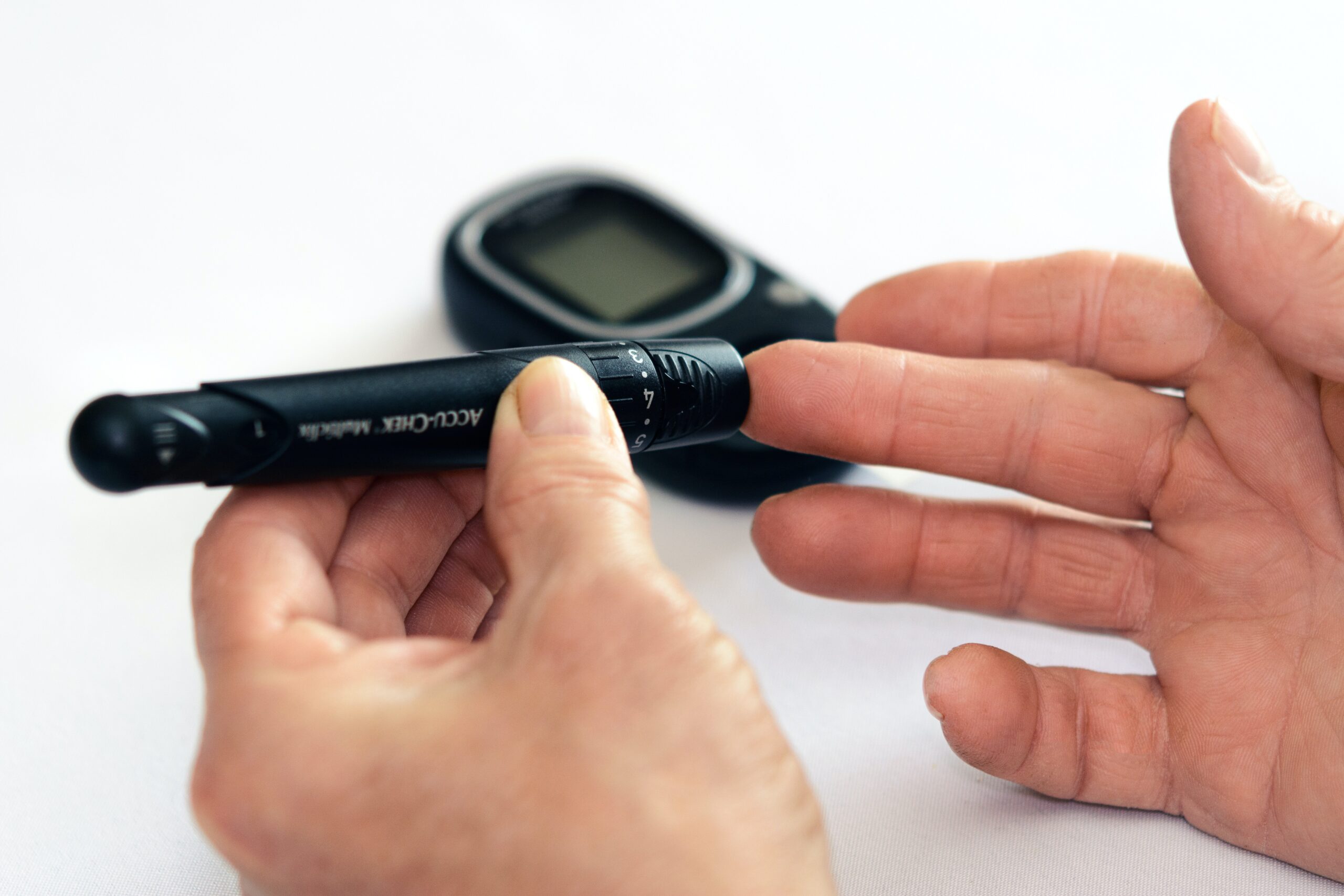More than 37 million Americans suffer from diabetes, according to the CDC. And between 90 and 95 percent of them have type 2 diabetes (T2D). This form of diabetes develops when your cells are unable to use or store sugar.
Age and genetics are only two of the risk factors for T2D. Fortunately, there are steps you may do to control or lower your risk of T2D. Keeping active and changing your way of life can serve. Continue reading to learn why exercise and physical activity are so crucial for those with type 2 diabetes.
A balanced workout program must include several different exercises. Your fitness, strength, and flexibility may all be improved and maintained with the aid of these exercises.
Here are 10 recommendations to get you going
Walking
A low-impact exercise that many people enjoy is walking. Increasing your step count can lower your cholesterol, blood pressure, and glucose levels. The ADA recommends 30 minutes of vigorous walking each day, or roughly 100 steps per minute, to reach this requirement.
Additionally, you may increase the intensity of your walks by doing extra exercises like stair climbing. If you weren’t active prior to being diagnosed with diabetes, you might want to start out cautiously and pick up the speed over time.
Running
You may progress from brisk walking to running with the right training and your doctor’s consent. A decreased risk of high blood pressure, high cholesterol, and high blood sugar has been associated with this faster-paced activity.
Cycling
There’s a good reason why stationary bikes are so well-liked. Regular riding may enhance your balance and posture as well as your heart and lung health. But to get started, you don’t need a pricey exercise bike. You may either attempt a stationary cycle at your neighborhood gym or take an old bike and head outside. Additionally, studies indicate that cycling might enhance the health of diabetics.
Dancing
Your exercise plan may become more enjoyable if you incorporate dancing. Dancing is a heart-healthy exercise that also helps with blood sugar control and fitness. According to one study, those with T2D who took part in dancing classes were more likely to stick to a schedule than those who followed a different exercise regimen.
Water exercise/Swimming
There are several benefits to exercising in the water. Swimming and other water activities are gentle on the joints and may lower blood sugar levels. Additionally, they could improve heart health, general strength, and fitness in T2D patients.
High-intensity interval training
HIIT involves alternating between brief bursts of high-intensity exercise and prolonged bouts of lower-intensity motion. It may be added to a variety of workouts, including cycling and running. HIIT may help your Type 2 diabetes by lowering your fasting blood sugar.
Strength training
Weights or other equipment are used in this type of strength training to increase or maintain muscle mass and strength. Additionally, it could improve T2D patients’ glucose tolerance and insulin sensitivity.
Yoga
Yoga combines breathing, meditation, and gentle movement. Balance, flexibility, and strength can all be enhanced by it. This is especially beneficial for elderly T2D patients who may be more at risk of falling. You might be able to control your cholesterol and blood sugar levels with the practice.
Tai chi exercises
Tai chi involves breathing exercises, meditation, and low-impact movements. The traditional method encourages improved mobility, balance, and general health. And include it in your exercise regimen may help your blood sugar levels.
Pilates
Pilates, another low-impact training method, has a legitimate claim to being on this list. Your core will be strengthened, and your balance and posture will be enhanced via controlled breathing and repetitive motions. Additionally, the research found that patients with T2D who practiced Pilates had better blood glucose control.
To Sum Up
Regular exercise is helpful in managing Type 2 diabetes. The ADA recommends that you mix up your exercise program by including both strength training and aerobics. And engaging in a variety of enjoyable activities might support your efforts to include exercise in your daily routine. Before you begin, it’s a good idea to discuss safety and best practises with your healthcare professional.

